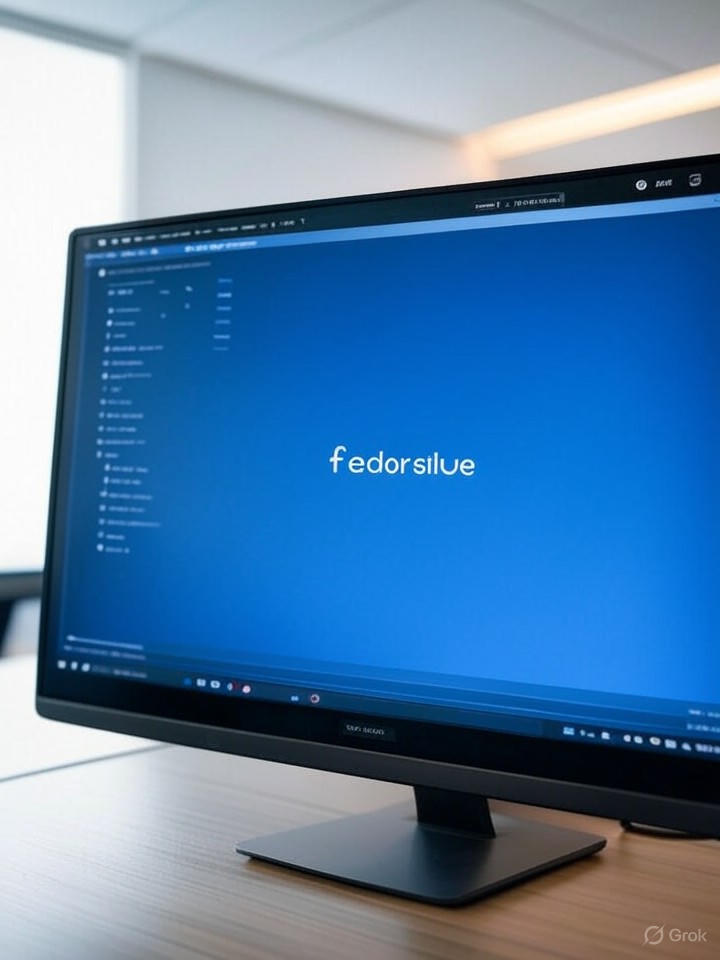The Immutable Revolution in Linux Computing
In an era where cybersecurity threats loom larger than ever, a new breed of operating systems is quietly reshaping how enterprises and developers approach Linux. Immutable Linux distributions, where the core system files remain unalterable during runtime, are gaining momentum as a bulwark against vulnerabilities and operational disruptions. This design philosophy ensures that changes are applied only through atomic updates, minimizing the risk of system corruption from malicious actors or errant software installations.
Drawing from recent insights, publications like ZDNet highlight five compelling reasons to consider switching. First among them is enhanced security: by locking down the root filesystem, these distros prevent unauthorized modifications, making them ideal for environments where data integrity is paramount. This approach has been echoed in discussions on platforms like X, where users praise the immutability for creating a “rock-solid” foundation, akin to the stability seen in containerized deployments.
Security and Stability at the Core
Beyond security, stability emerges as a cornerstone benefit. Traditional Linux setups can suffer from configuration drift over time, leading to unpredictable behavior. Immutable variants counteract this by treating the system as read-only, with updates deployed as complete images. According to a report from It’s FOSS, this ensures reliability across diverse use cases, from desktops to servers, positioning immutability as potentially “the future of Linux.”
Reliability extends to maintenance, where ease of updates and rollbacks simplifies administration. If an update introduces issues, users can revert to a previous state effortlessly, a feature that’s particularly valuable in production environments. Recent posts on X underscore this, with developers noting how systems like NixOS allow for declarative configurations that verify changes before application, reducing downtime and human error.
Top Choices for 2025 Adoption
As we look to 2025, several immutable distributions stand out for their innovation and community support. Fedora Silverblue, often recommended as a starting point by ZDNet, leverages OSTree technology for atomic upgrades, blending user-friendliness with robust security. It’s particularly suited for newcomers transitioning from mutable systems, offering a GNOME-based interface that’s intuitive yet powerful.
Another frontrunner is NixOS, celebrated in tech circles for its reproducible builds and immutable nature. A recent X post from a user described it as “the most stable distro” due to its config-file-driven changes, which align with enterprise needs for auditability. Publications such as Tech Refreshing predict that by 2025, immutable distros like NixOS will dominate secure computing, driven by their ability to handle complex deployments without compromising on performance.
Enterprise Implications and Case Studies
For industry insiders, the shift to immutable Linux isn’t just theoretical—it’s yielding tangible results. In cloud-native setups, distros like Ubuntu Core provide snap-based immutability, ensuring devices from IoT to servers remain tamper-proof. A piece in ITPro Today details how this leads to simplified maintenance, with core files unchangeable, offering “enhanced security and improved stability.”
Real-world adoption is accelerating. Companies are integrating immutable systems into DevOps pipelines, where atomic updates facilitate continuous integration without the fear of breaking changes. Insights from LinuxBSDos list nine top atomic distros for 2025, including Vanilla OS, which builds on Ubuntu’s foundation for an immutable experience that’s both accessible and extensible. Users on X have shared stories of reviving old hardware with lightweight immutable variants, emphasizing their efficiency.
Challenges and Future Outlook
Yet, immutability isn’t without hurdles. The learning curve can be steep for those accustomed to traditional package managers, as changes often require reboots or containerized apps. LinuxBlog.io analogizes this to safeguarding like “amber in Jurassic Park,” protecting the core but demanding adaptation.
Looking ahead, the trajectory points upward. With predictions from UMA Technology of 12 future-proof options, including blends like blendOS for hybrid mutable-immutable workflows, 2025 could mark a tipping point. As cyber threats evolve, immutable Linux offers a proactive defense, blending security with operational efficiency in ways that traditional distros struggle to match. For enterprises eyeing resilience, the switch isn’t just advisable—it’s increasingly essential.




 WebProNews is an iEntry Publication
WebProNews is an iEntry Publication